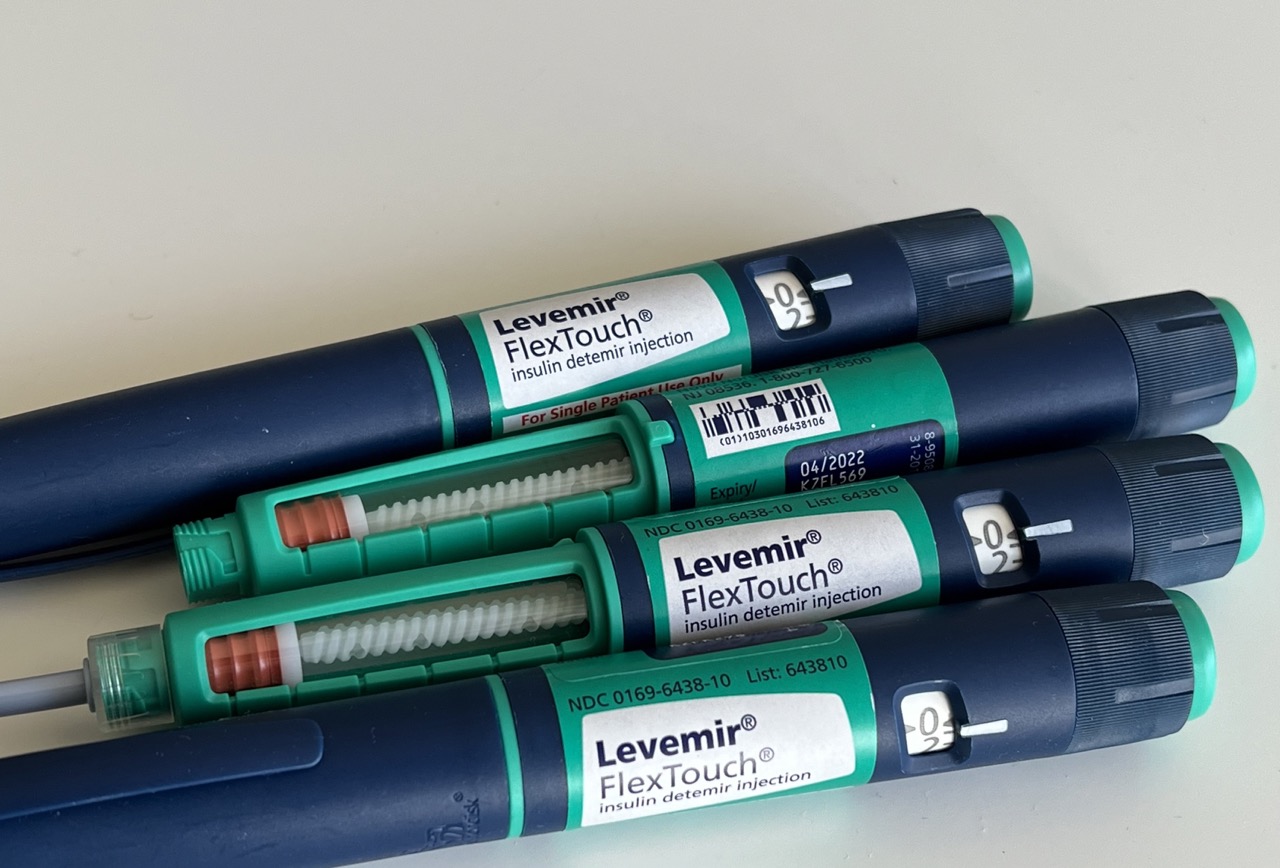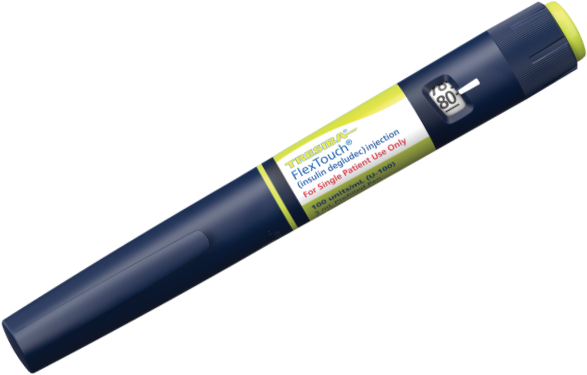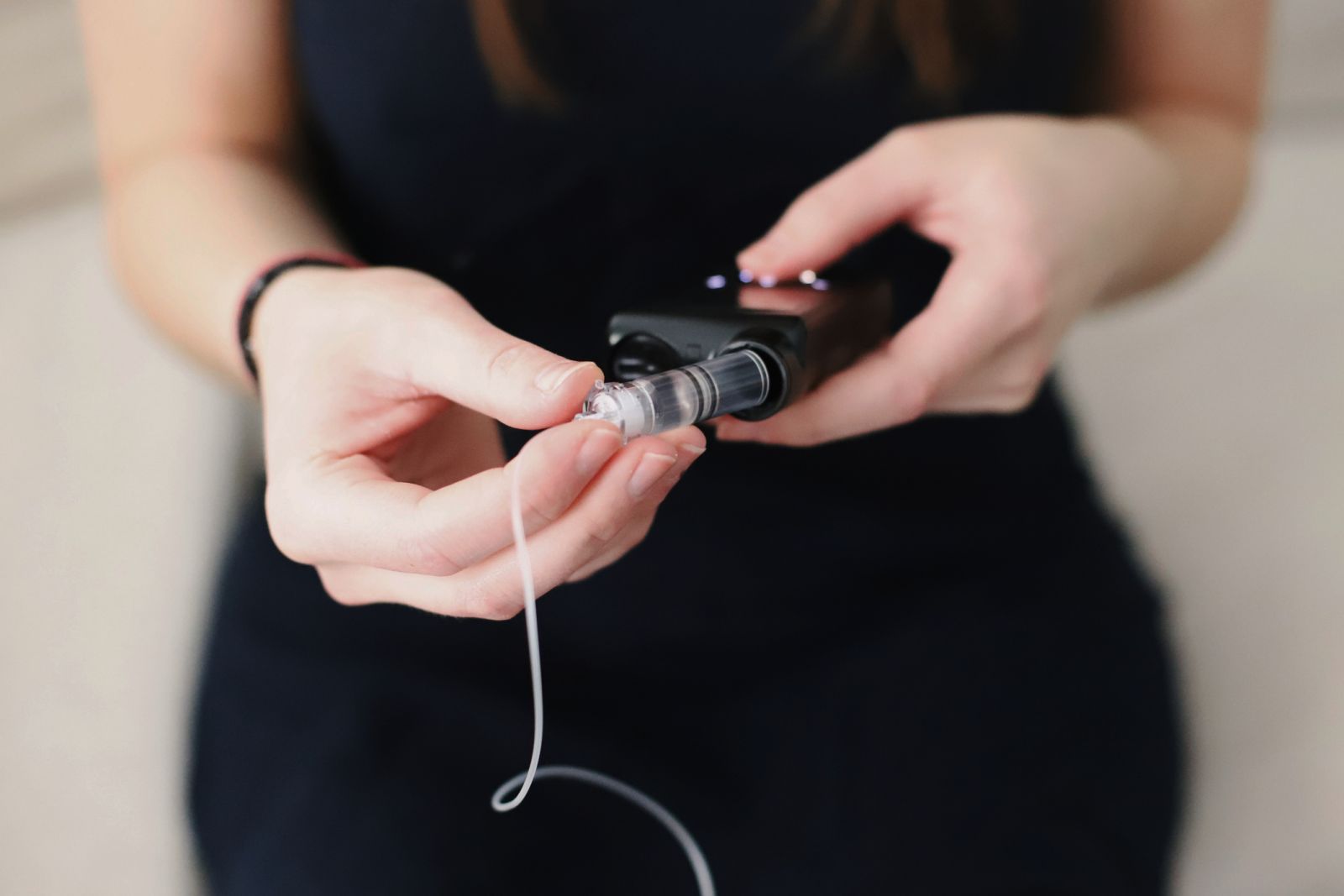Switching Away From Levemir: What Are the Options?
By Maria Muccioli
 As supply runs out for Levemir, people with diabetes have several alternatives to consider like switching to another long-acting insulin or adopting an insulin pump.
As supply runs out for Levemir, people with diabetes have several alternatives to consider like switching to another long-acting insulin or adopting an insulin pump.
Levemir, a popular long-acting insulin analog manufactured by Novo Nordisk, is being discontinued in the US this year. The announcement, which was made in November 2023, came as an unwelcome surprise to people who rely on this medication and have found it to be the best choice for their diabetes management.
Widespread effect on people with diabetes
Of all the long-acting insulin products, Levemir exhibits the shortest duration, with an option to administer once or twice per day to match basal insulin requirements. The flexibility of making more frequent dosing adjustments made this a preferred choice for some people, like Alison Smart, who lives in Utah and cares for her 15-year-old daughter with type 1 diabetes.
“When the announcement came that Novo Nordisk would be discontinuing Levemir with such little notice, I was astounded,” said Smart. “My 15-year-old daughter has great management using Levemir. The thought of it not being available was, and is, incomprehensible to me.”
Smart explained that her daughter has tried other insulins, including Lantus and Semglee, but these options did not achieve the results that she saw with Levemir.
“Those who especially benefit from Levemir are those whose basal insulin needs fluctuate every day and even within each day,” Smart said.
“I knew Levemir would be the right solution as my daughter is a teenager and an athlete with basal insulin needs that change frequently,”, she added, noting that it was clear to her that a basal insulin with a shorter duration of action such as Levemir would better match her daughter’s rapidly changing insulin needs.
Smart even started a petition to urge the manufacturer to continue production until another biosimilar insulin becomes available. She has collected over 3,300 signatures to date.
Switching from Levemir to another long-acting insulin
As the Levemir supply runs out, people with diabetes have several options to consider in planning for their therapy switch. Broadly, these include switching to another type of long-acting insulin formulation or using an insulin pump for basal needs coverage with a fast-acting insulin.
The following long-acting insulin preparations may be ideal options for those switching from Levemir:
Lantus (glargine)
Lantus is a U-100 concentration (100 units per mL) insulin that begins to work about 1-2 hours after administration and continues to work for most of the remaining 24 hours. Designed to be used as an injection once per day, Lantus has been on the market since 2000 and thus has the longest safety record compared to the other long-acting insulins.
Tresiba (degludec)
 Tresiba is available in U-100 and U-200 formulations and has a duration that is even longer than Toujeo, lasting up to 42 hours in the body. Tresiba was first approved for use in 2015 and approved for children ages one and older in 2016. It is administered once per day and can be taken at any time of day for adults and at the same time each day for children.
Tresiba is available in U-100 and U-200 formulations and has a duration that is even longer than Toujeo, lasting up to 42 hours in the body. Tresiba was first approved for use in 2015 and approved for children ages one and older in 2016. It is administered once per day and can be taken at any time of day for adults and at the same time each day for children.
Basaglar (glargine)
Basaglar (U-100) was approved in 2015. It is another glargine insulin formulation that has a very similar activity profile to Lantus. Basaglar has similar outcomes on blood glucose management and is considered a biosimilar insulin to Lantus.
Semglee (glargine-yfgn)
Semglee (U-100), another daily insulin option, was the first-ever biosimilar insulin produced. Approved in 2021, Semglee’s activity profile matches closely to Lantus. It’s considered an interchangeable biologic product with Lantus, meaning that research studies found no meaningful differences between the products.
As Semglee is relatively new on the market, its safety profile has yet to be demonstrated in children with type 1 diabetes younger than 6 years and for the pediatric type 2 diabetes population.
Toujeo (glargine U-300)
Toujeo, FDA-approved in 2015, is identical to Lantus but is a more concentrated version. It’s U-300, meaning it contains three times more insulin units per mL than Lantus and Basaglar. As a result, Toujeo has a steadier and longer duration than Lantus.
Toujeo begins working during the first six hours of injection, maintains a steady profile for roughly 24 hours after, and continues working for up to 36 hours. Its longer duration of action can offer some flexibility in the daily injection timing. Toujeo is usually injected once per day.
Another option: Dropping long-acting insulin for an insulin pump
 Another option for those who are currently using long-acting Levemir is to consider making a switch to an insulin pump and discontinuing use of basal insulin altogether. This option could better enable those who appreciate the shorter duration profile of Levemir to fine-tune their insulin needs around the clock with more precision than using another long-acting insulin.
Another option for those who are currently using long-acting Levemir is to consider making a switch to an insulin pump and discontinuing use of basal insulin altogether. This option could better enable those who appreciate the shorter duration profile of Levemir to fine-tune their insulin needs around the clock with more precision than using another long-acting insulin.
Insulin pumps work by delivering precise amounts of fast-acting insulin every 3-5 minutes to match the around-the-clock insulin requirements and are used to administer boluses for meals and correction doses.
There are several pumps available, both tubed (Tandem, Medtronic, BetaBionics) as well as tubeless (Insulet). Many products can also integrate with a compatible continuous glucose monitor (CGM) to automate insulin delivery.
Switching away from Levemir: Next steps
1. Explore the options
No doubt just understanding what is out there is step 1 in considering the next steps in making a therapy switch. Consider what may work best with your lifestyle and ask your healthcare provider about their recommendations.
Learning about the lived experience of people with diabetes who have used these different products also offers important perspectives. There are many social media groups and forums dedicated to living with diabetes where people share their experiences with specific pumps, CGMs, and insulins.
2. Verify insurance coverage
Once you have an idea of what insulin or pump you are considering, check with your insurance provider regarding coverage. Many plans have prescription drug lists where you can check to see if a specific insulin is preferred or covered. For insulin pumps, the company websites often have an option to check your coverage.
If you’re not sure if something is covered or to what degree, making a call to the insurance company is worth the investment so you understand the options and realistic out-of-pocket cost ahead of time. If something that you prefer is not covered or not adequately covered, consider working with your healthcare provider to obtain a prior authorization for your preferred products to be covered. Also, investigate product-specific cost savings programs that may be available.
3. Consider a trial run
Your healthcare provider might be able to provide samples of a specific insulin for you to try to see if it’s a good option for you. When considering a pump, some manufacturers offer trial runs; for example, the Omnipod DASH 30-day trial. Your healthcare provider may also have several pumps that you can handle in the office to learn more to decide which one might work for you.
Learn more about insulin options here:
Photo credit: Susannah Chen (top); Novo Nordisk (center); iStock (bottom).







